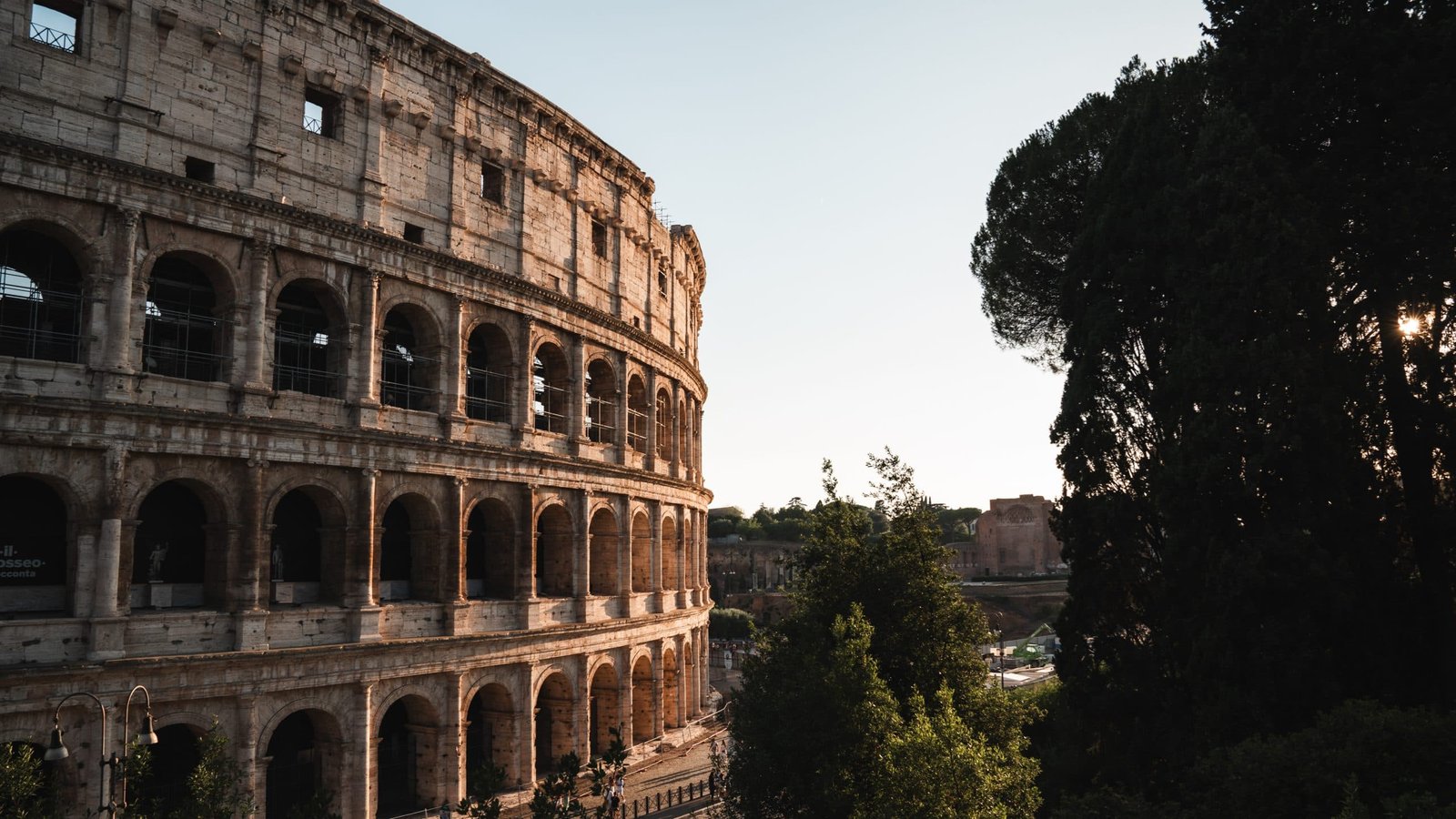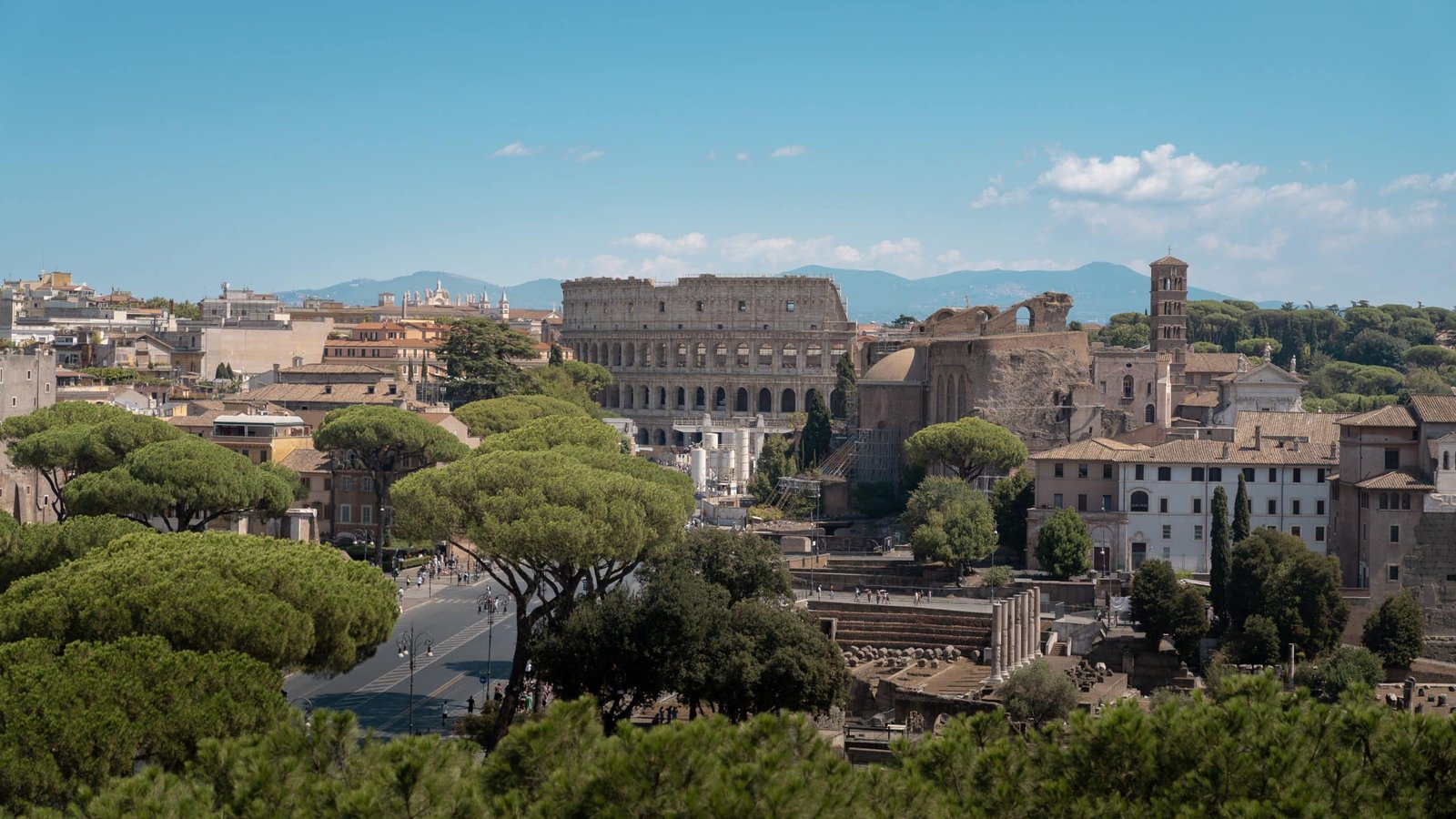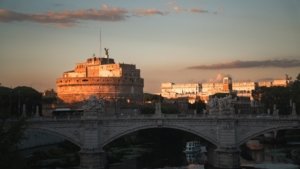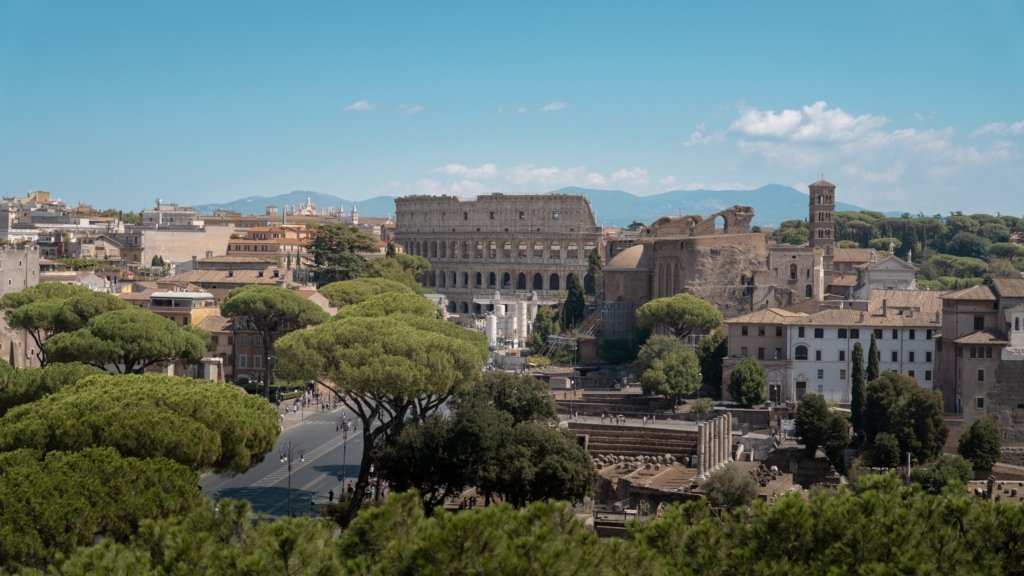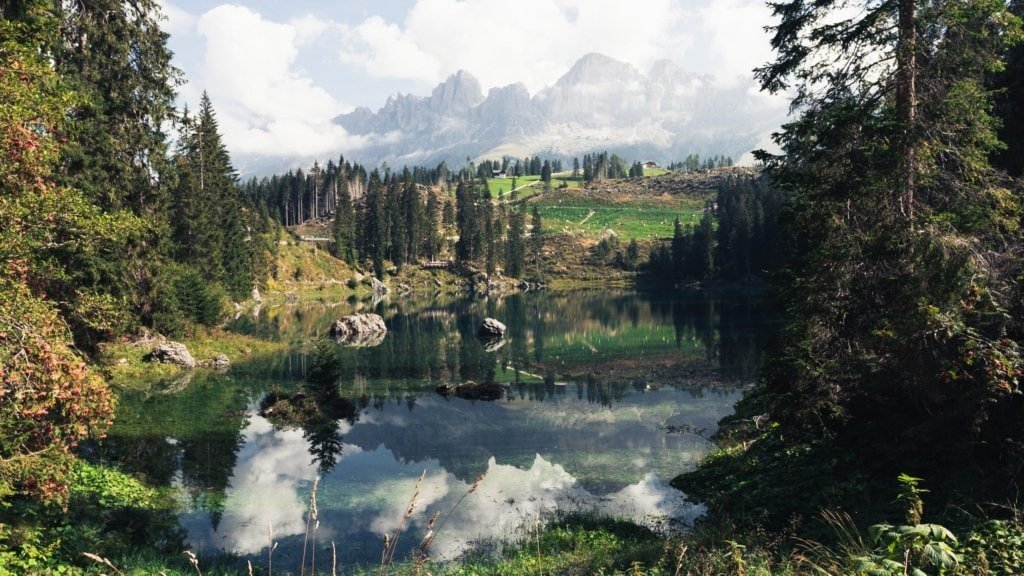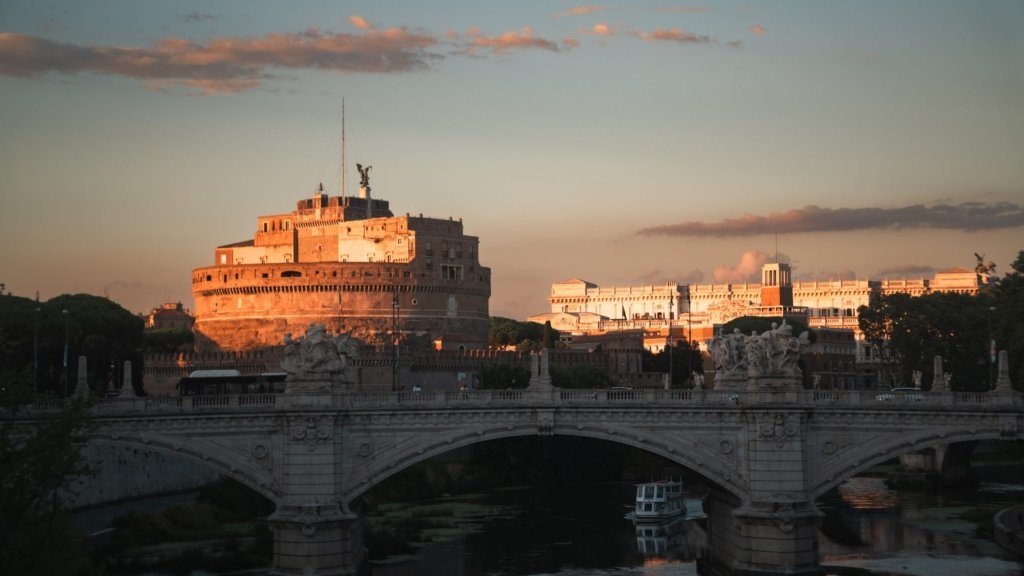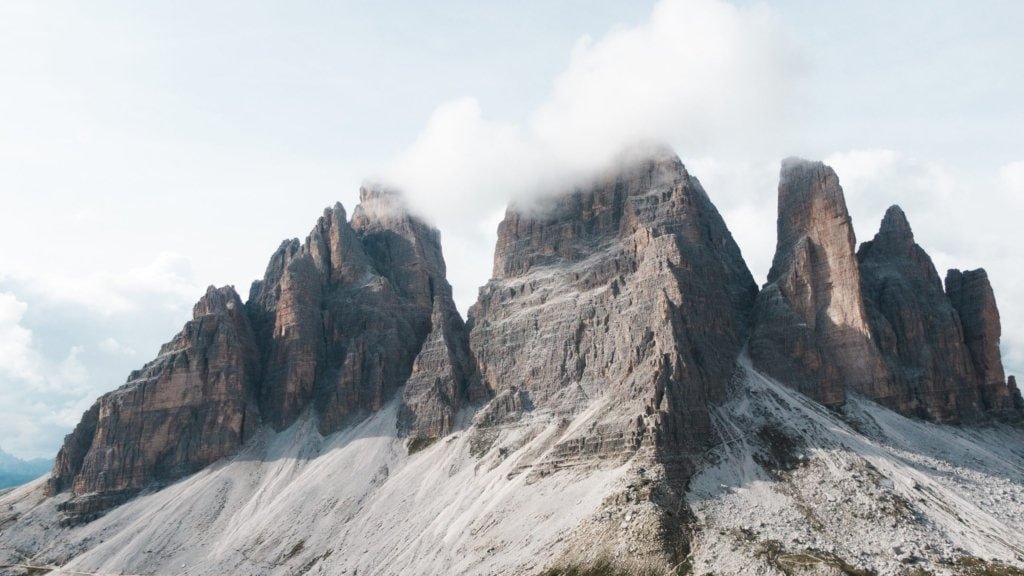Rome, the Eternal City, is a place where past and present blend together in a unique way. With its impressive monuments, lively squares and rich cultural heritage, Rome offers an unrivalled travel experience. Here are some of the top sights not to be missed in Rome.
The Colosseum: Symbol of Roman power
The Colosseum, also known as the Flavian Amphitheatre, is a symbol of Roman power and engineering. It is the largest amphitheatre ever built and a testament to Roman architecture and design. In its heyday, it could hold up to 50,000 spectators to witness the bloody gladiator fights and animal fights. Despite damage from earthquakes and stone thieves, the Colosseum still stands proudly in the centre of Rome, attracting millions of visitors every year.
Forum Romanum: The heart of ancient Rome
The Forum Romanum was the beating heart of ancient Rome. As the centre of public life, it was the scene of political meetings, court hearings, trade and religious ceremonies. Today, visitors can see the impressive ruins of the temples and government buildings that once housed Rome’s most powerful men. From the triumphal arches to the columns of the basilicas, every fragment of stone tells a story of the past.
Trevi Fountain: Symbol of Rome
More than just a fountain, the Trevi Fountain is a masterpiece of Baroque art and one of Rome’s most famous landmarks. Built in the 18th century, it depicts Neptune on a chariot drawn by seahorses. The fountain is famous for its impressive size and detailed sculptures. But what makes it truly unique is the legend that surrounds it: anyone who throws a coin over their shoulder into the fountain will one day return to Rome.
Pantheon: A masterpiece of antiquity
The Pantheon in Rome is one of the best preserved buildings of antiquity and a masterpiece of architecture. Originally built as a temple for all the gods of Rome, it now serves as a church and mausoleum. Of particular note is the dome, the largest unreinforced concrete dome in the world. In the centre of the dome is an opaion, a hole through which the only light enters the interior.

Vatican City: A state within a city
Vatican City is the smallest independent state in the world and the seat of the Pope. It is a spiritual and cultural centre that attracts millions of pilgrims and tourists from all over the world. It is home to the magnificent St Peter’s Basilica, the largest Christian church in the world, and the Sistine Chapel, famous for its stunning frescoes by Michelangelo. The Vatican Museums house a priceless collection of art and artefacts from around the world.
Spanish Steps: A meeting place with a view
The Spanish Steps are one of the most famous staircases in the world and a popular meeting place in Rome. It leads from Piazza di Spagna to the Trinità dei Monti church and offers a breathtaking view of the city. Especially in spring, when the steps are decorated with azaleas, it’s an eye-catcher.
Piazza Navona: A square full of history and beauty
Piazza Navona is one of the most famous and beautiful squares in Rome. It was built in the 1st century AD as a stadium for athletic competitions and has retained its oval shape to this day. The square is famous for its three magnificent fountains, including Bernini’s Fountain of the Four Rivers, representing the Nile, the Ganges, the Danube and the Rio de la Plata. The church of Sant’Agnese in Agone and Palazzo Pamphilj are also in the square.
Trastevere: Rome's bohemian neighbourhood
Trastevere, the picturesque neighbourhood on the west bank of the Tiber, is famous for its narrow streets, ivy-covered houses and lively squares. Here you can experience authentic Roman life, eat well and enjoy the nightlife.
Victor Emmanuel Monument: A monument to Italy's unity
The Victor Emmanuel Monument, also known as the Altare della Patria, is a monumental building dedicated to the first king of unified Italy, Victor Emmanuel II. Built in neoclassical style, it houses the Tomb of the Unknown Soldier. The terrace offers a spectacular view of Rome.
Castel Sant'Angelo: A fortress with history
Castel Sant’Angelo, also known as Hadrian’s Mausoleum, is an imposing cylindrical building in Parco Adriano. It was originally commissioned by the Roman Emperor Hadrian as a mausoleum for himself and his family. The building was later used as a fortress and castle by the popes and is now a museum.
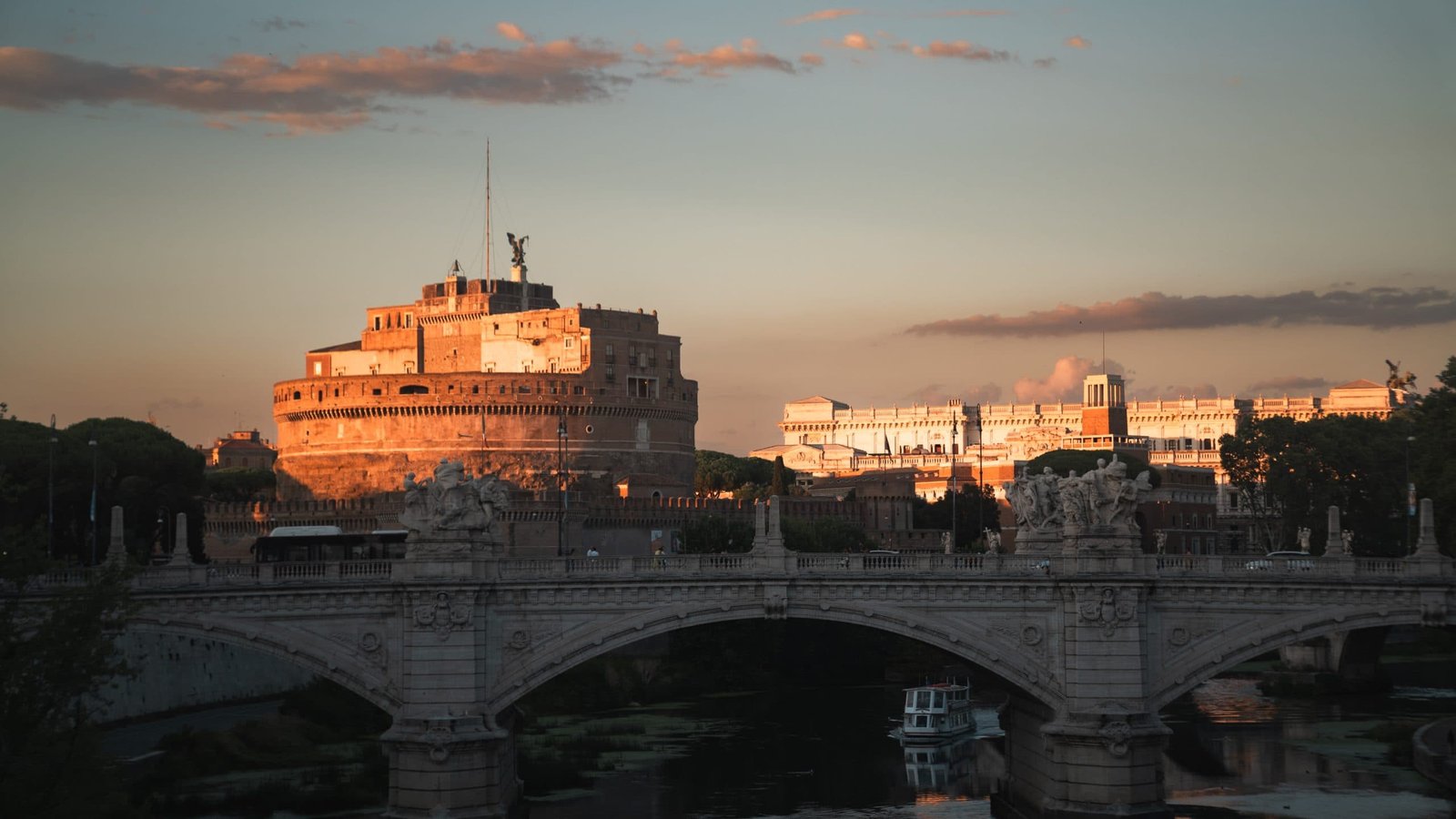
Rome is a city to be experienced, not just seen. Every street, every square, every building tells a story that goes back thousands of years. A visit to Rome is a journey through history, from ancient times to the present day. It is a city that can be rediscovered again and again and that never ceases to fascinate.

